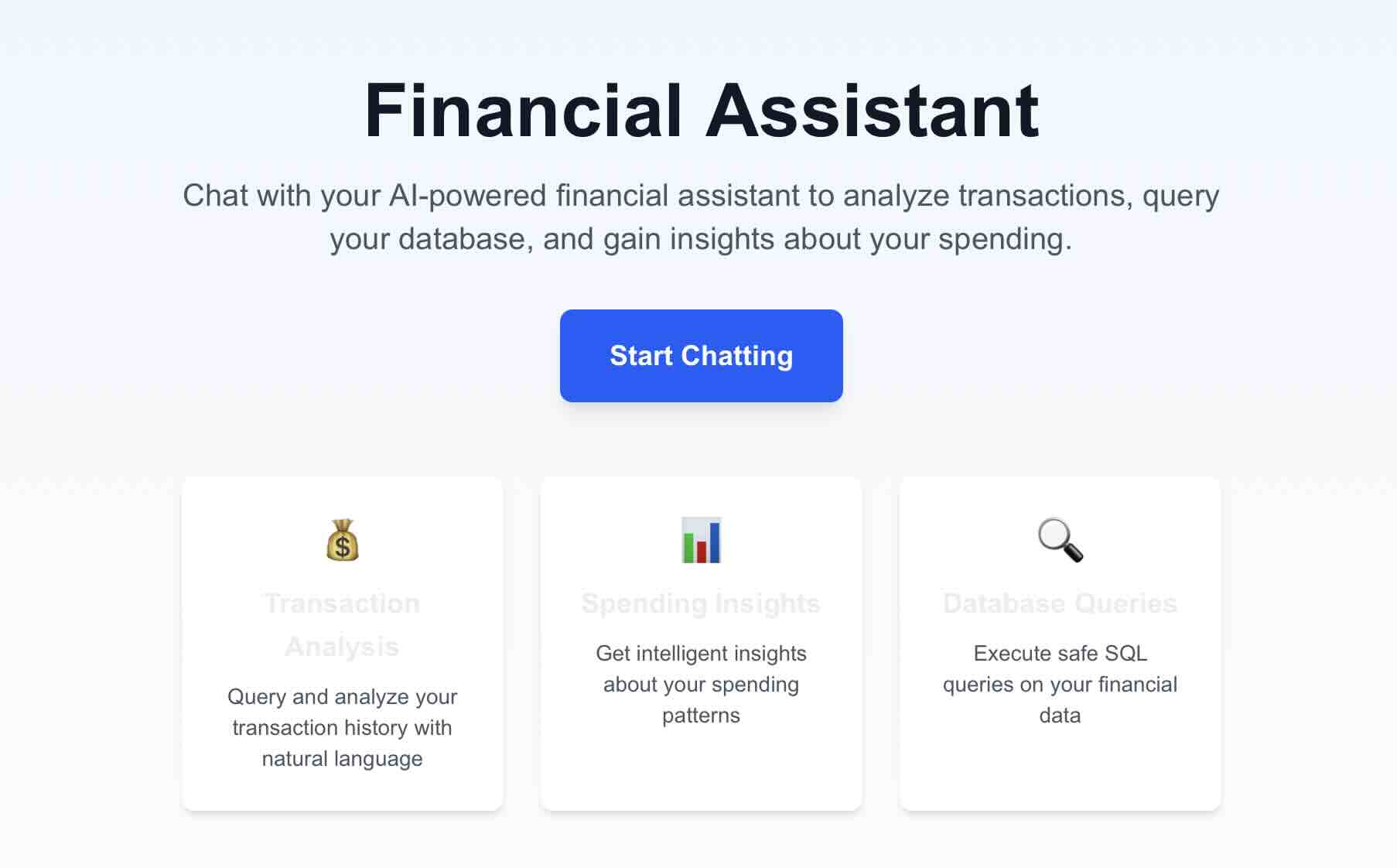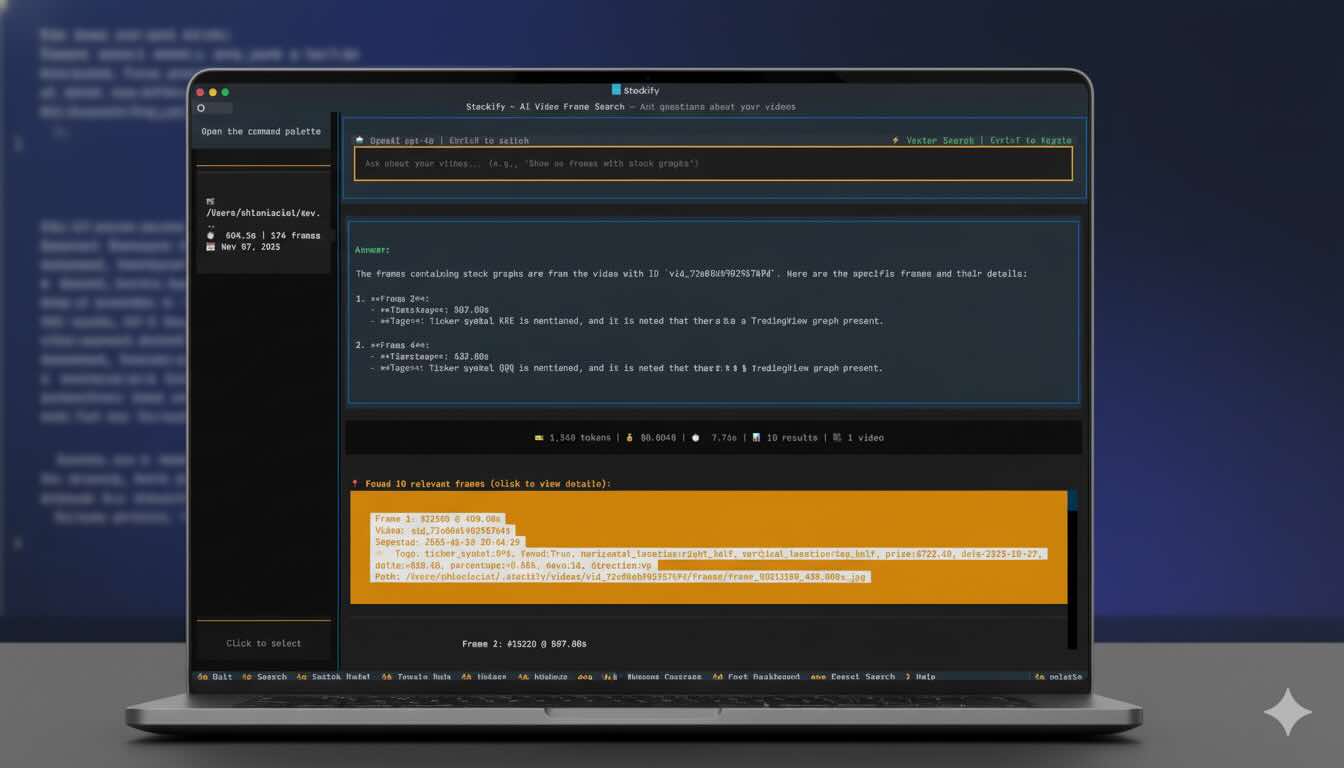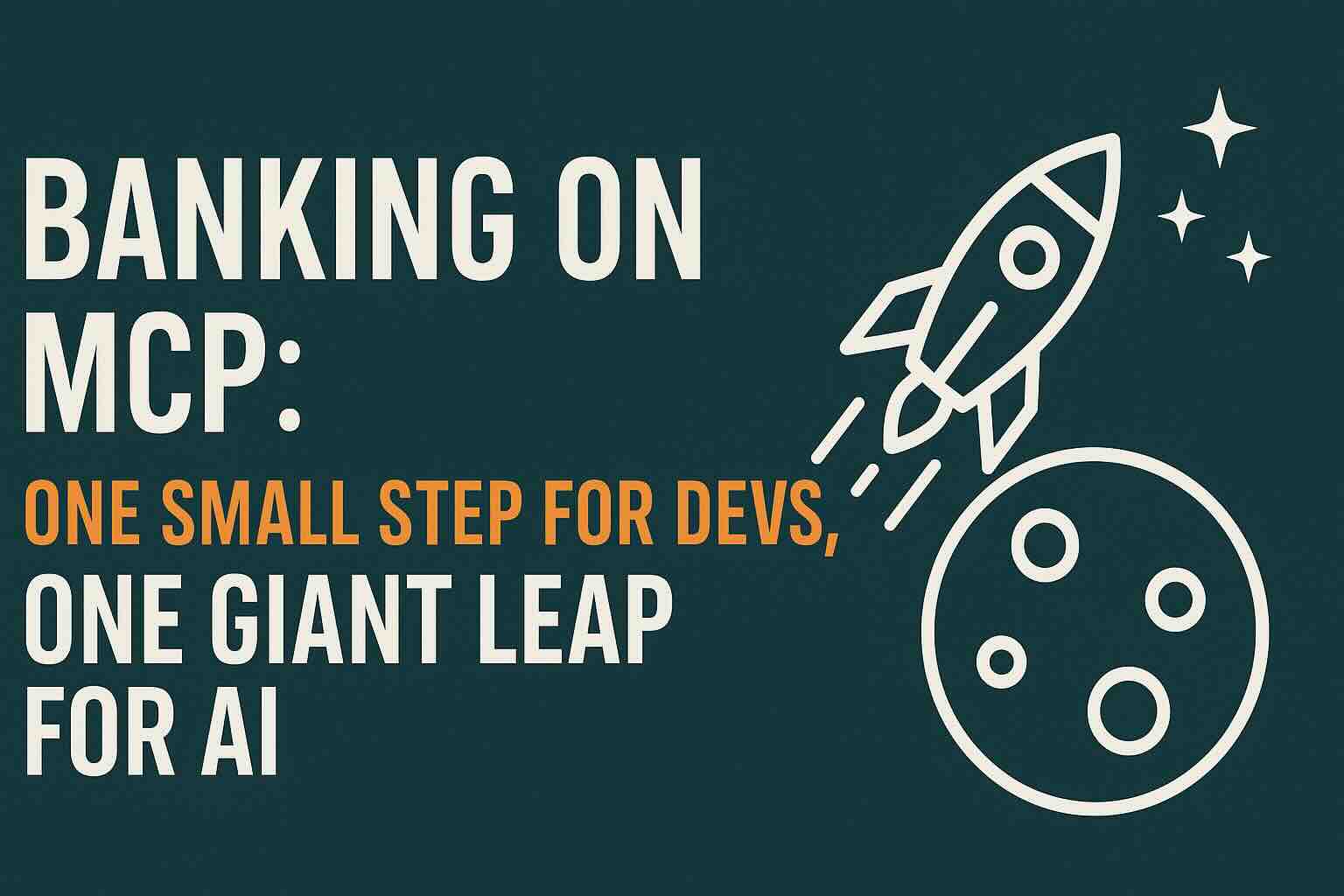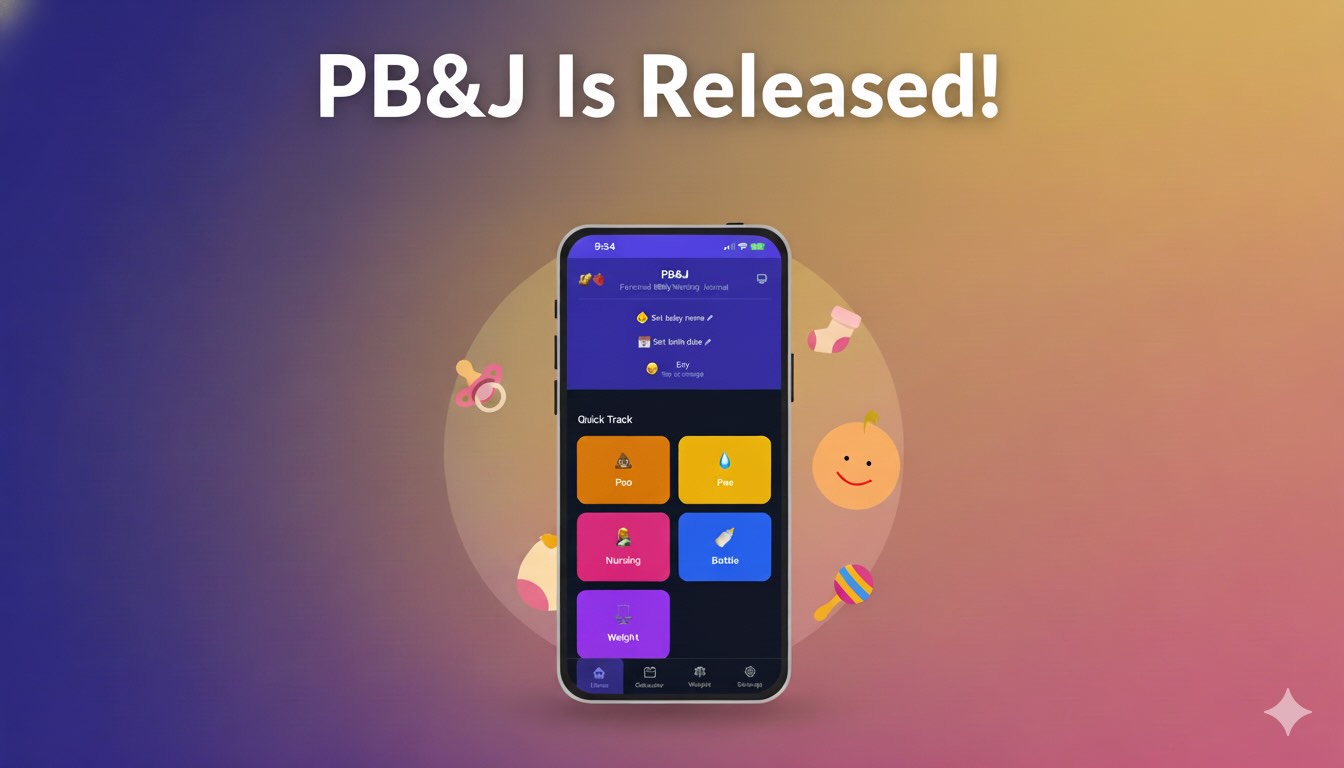· 4 min read
Asher-MCP is Now Released on GitHub!
Getting closer to your financial data with MCP is easier than ever
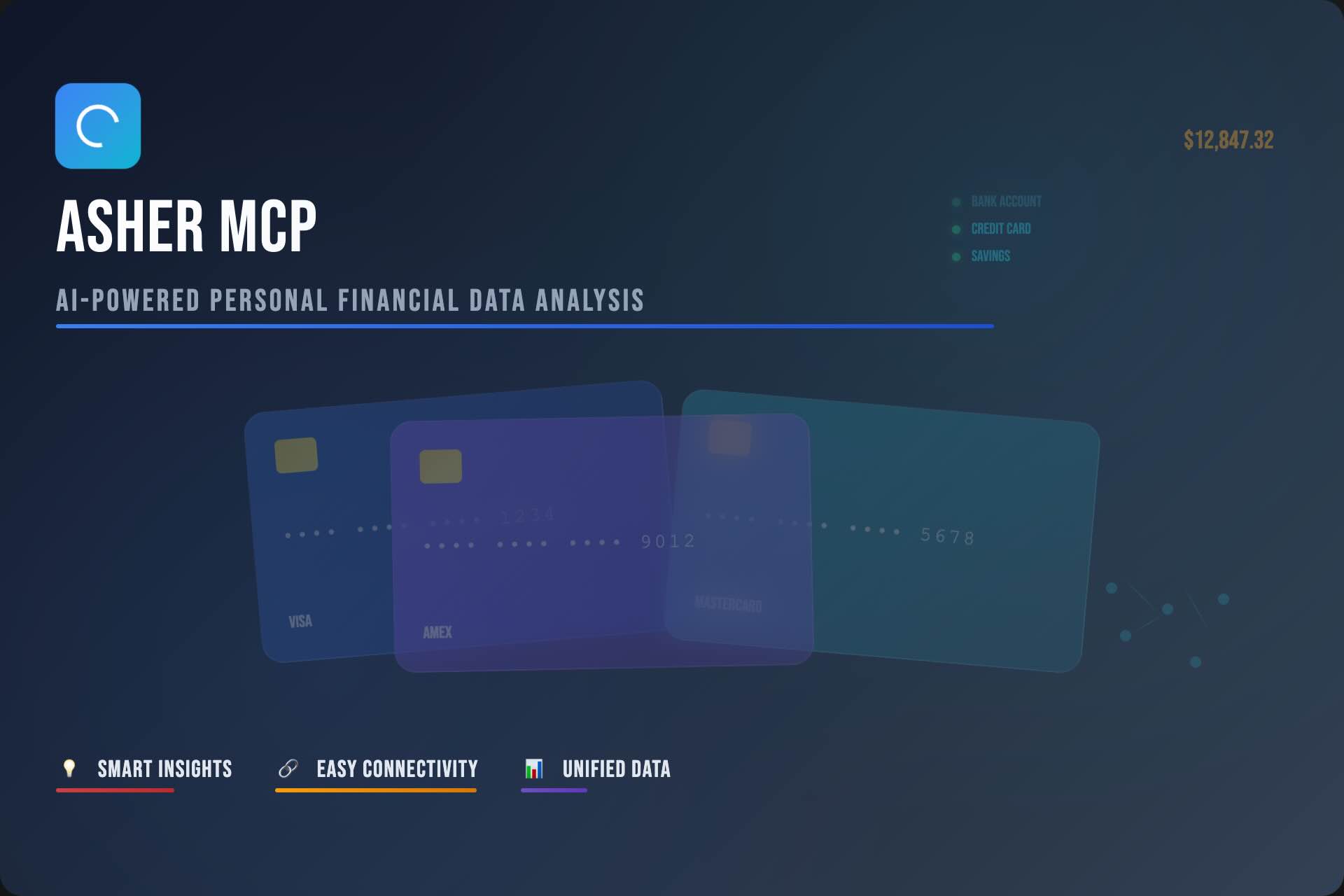
Last month, I wrote the Banking On MCP blog post where I showed a proof-of-concept for integrating your financial data into Large Language Models via MCP.
Today, that POC has evolved into a fully fleshed-out open-source project!
Meet Asher - a tool that lets you configure and run personal financial scraping and querying tools from an MCP host. From there, the possibilities are endless:
Auto-generate monthly financial reports? You got it.
Ask questions about your spending habits? Sure thing.
Discover anomalies in your expenses?
That’s the magic of combining the right Lego bricks with MCP: bridging your data to AI is easier than ever.
A Bit About the Dev Process
Prototyping Asher gave me a pretty solid idea of what I wanted to build and how to go about it. Still, some key questions lingered - especially around security (even for a personal project, we’re still talking about financial data).
The generic SQLite MCP used in the prototype had to go in favor of an encrypted alternative. Enter - better-sqlite3-multiple-ciphers. By wrapping the query tools with this library (plus some validation on user input), I could enforce basic data security and ensure read-only access for users. Credentials are stored in the encrypted SQLite instance.
To avoid persisting the encryption key anywhere, I drew inspiration from mcp-ffmpeg which smartly uses native OS notifications to request the key at runtime. No disk writes, no env vars - just secure ephemeral handling.
The end result is a simple, lightweight, privacy-respecting system to manage your own financial data.

🤖 Making AI… with AI
We all know by now: 2025 is the year Vibe Coding became a thing.
There's a new kind of coding I call "vibe coding", where you fully give in to the vibes, embrace exponentials, and forget that the code even exists. It's possible because the LLMs (e.g. Cursor Composer w Sonnet) are getting too good. Also I just talk to Composer with SuperWhisper…
— Andrej Karpathy (@karpathy) February 2, 2025
Since then, we’ve all leaned hard into AI-assisted dev workflows. It’s not all smooth sailing, but when it works - it really works.
Building Asher was no exception. It turned out to be pretty quick using Windsurf to scaffold the project and iterate fast based on the tech stack, libraries and task definitions I provided.
For the most part, it’s been a breeze watching it repeatedly implement tasks one by one and cycling through fixing issues.
That said, it’s not magic.
Sometimes it nails the context, making changes without losing the original meaning. Other times, it hallucinates features I never asked for or forgets what I said a paragraph ago. 😂
Windsurf’s SWE-1 model was a solid default (especially since it’s free), but I occasionally brought in GPT-4 or Claude 3.5/3.7 for some heavy lifting and better reasoning.
Vibe Coding tools can indeed be powerful, but to really get value out of them, you need to bring a method to the madness.
2. Before you code anything, spend 10-20 min writing requirements.
— Dan ⚡️ (@d4m1n) May 21, 2025
So many do this superficially and get unexpected results.
The AI doesn't know what you want to build.
Be concise but lay out all details, including tech stack.
Prompts to format these and examples here:… pic.twitter.com/mMto0xqzR9
Planning Before Coding
Besides the POC, the first real phase of building Asher involved very little actual code.
I started with a detailed PRD document to describe exactly what I wanted to build. For that end, I used the excellent Useprd tool, which helped me break down the architecture, tech stack, and moving parts into clearer, more digestible blocks.
The only caveats to my experience were some slow reactions, and a request limit in the free tier. Additionally, long sessions can get buggy when producing final specs. I would love a visual “mind map” to avoid losing threads when branching into new subtopics.
Still, it gave me a well-structured foundation. I used that spec with Gemini 2.5 Pro via Canvas to refine the design even further and generate a task breakdown from it.
Armed with the final spec and tasks I headed over to Windsurf where the magic started to unfold. Then, task by task, iteration by iteration, Asher came to life.
🚀 Wrapping Up
To sum it up, I’m still adamant that it takes an experienced dev to actually ship something real out of those fun late-night Vibe Coding sessions.
That being said, these tools aren’t just for play anymore - we’re witnessing a real industrial revolution in how software is built.
👉 Go ahead, clone, run and contribute to Asher at:
